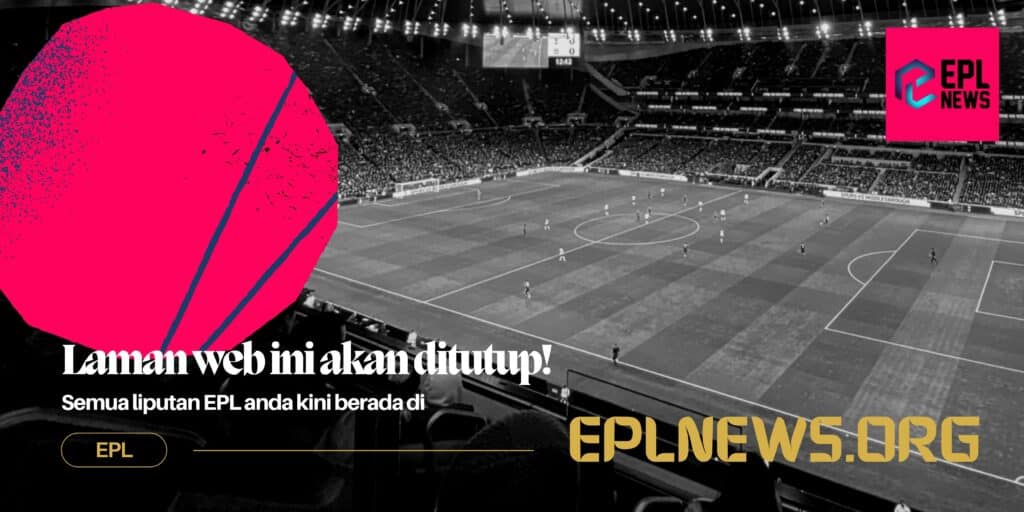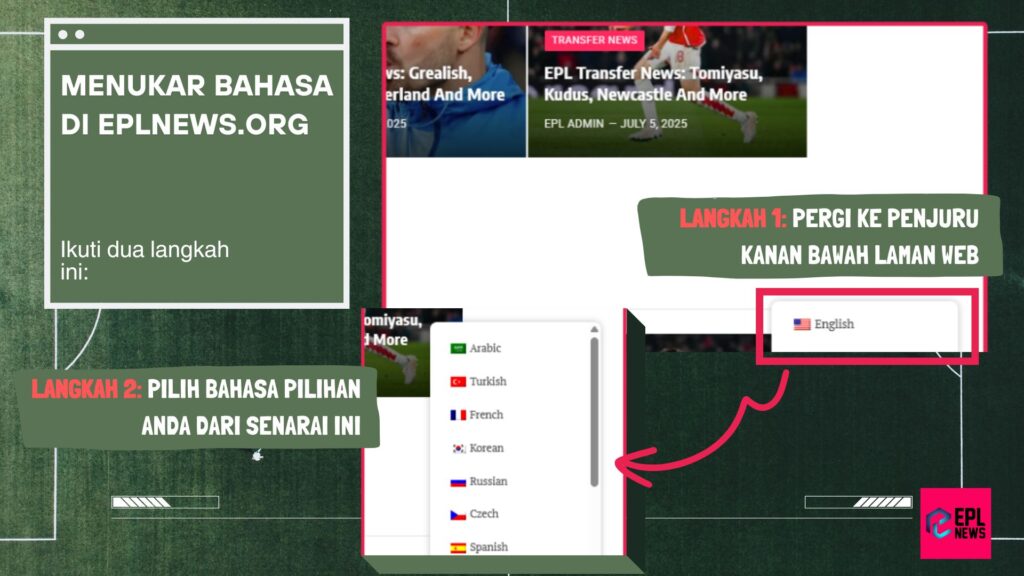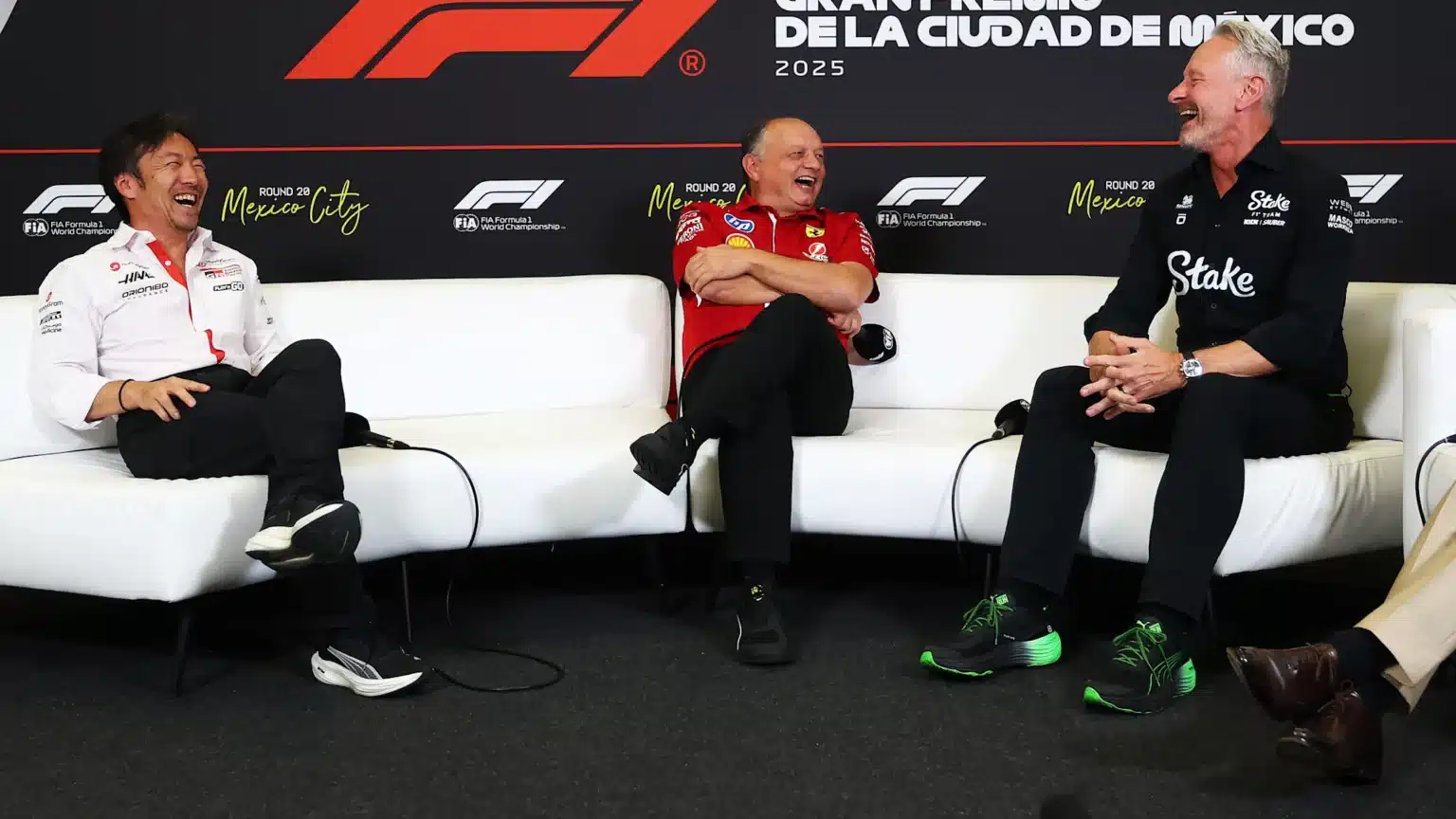TEAM REPRESENTATIVES Ayao KOMATSU (Haas), Frédéric VASSEUR (Ferrari), Jonathan WHEATLEY (Kick Sauber)
Q: Ayo, why don’t we start with you this time? Let’s talk about updates first of all. You put them on the car in Austin. Did they perform as you were expecting?
Ayo KOMATSU: Yeah. As far as we can see, it was performing OK. It’s not a huge difference, but in a midfield that is so tight. You know, Jonathan’s doing too much of a good job, so it’s very difficult to compete. So even if you find a tenth in the car, that can be the difference actually between out in Q1 and making it to Q3. There’s really not much difference between P18 and then getting into Q3 in P8. So yeah. And then because it’s so small, we really wanted to make sure it was a step forward. So we just put it on one car, in Austin FP1. We measured it, and it looked like it was going in the right direction.
Q: What feedback were you getting from the drivers about car performance? Where were they feeling the difference?
AK: I think it’s a balance between low speed to high speed. We always had a bit of instability in high speed and lots of understeer in low speed, which is the same for everyone. It’s just a matter of degree of differences. I think we closed that up a little bit and then just a bit more overall grip.
But, you know, every little step that can give confidence to the driver helps.
Q: Can we talk drivers? And specifically, I wanted to ask you about Ollie Bearman because it seems it is so close, not just in the midfield, across the field this year. He’s doing a tremendous job on Saturdays. Can you give us your thoughts on his qualifying and where you think he can still improve?
AK: I mean, he’s naturally very, very quick. You can see that. You know, for us, it’s a matter of building up his weekend. Because it’s so tight, the margin of error is so small. Even if you put 90% of the weekend right, if you make one mistake somewhere, either in qualifying or race… like in Baku, great example. Ollie was amazingly quick FP1 to FP3—amazing. Then Q2, he was just on the wrong side of that margin, and then he was out. And then it was very difficult to recover from that. So it’s just about putting the weekend together. He’s still a rookie. In terms of the speed, there’s no question. It’s just about nurturing that speed and peaking at the right moment—consistency. So that’s what we’ve been working on. But then again, you know, Singapore he put it together. And then Austin had a couple of bumps, but overall, he qualified very well. And in the race, for the vast majority, it was a very strong performance. So really impressed about the progress he’s making.
Q: It’s a bit of an anniversary for Ollie this weekend, isn’t it? Because it’s two years since he did his first ever FP1, for you here in Mexico. Just how different is the Ollie of today to the one that walked through the door two years ago?
AK: Well, he’s not a teenager anymore. He was 18 when we first ran him. I remember, I just couldn’t believe he was 18. You know, looking back when I was 18, I certainly couldn’t behave like that.
He had such a mature head on his shoulders. He understood what the team needed, and his performance was very strong. He learned so quickly. And then for me, two years later, I think he’s just hitting all the points. He’s been making improvements everywhere, and he’s very engaging. He’s open to feedback—even the tough conversations. Again, he’s a great team player as well. So yeah, in all aspects, he’s making tremendous progress every race.
Q: Final one from me. Can we talk about the Constructors’ Championship? You’re 11 points behind Sauber, who are in P8. Five races left. Is it realistic to think that you can overhaul these guys?
AK: I don’t think I can look at five races remaining and 11 points gaps. I think everybody’s been so competitive. Jonathan and his guys have done an amazing job. Nico has been super the last couple of races. And then, Bortoleto – impressive, impressive rookie. So I think it’s amazing for the sport. For us, there’s no point counting, “OK, five races, we need to get this point here, that point there.” For us, it’s really focusing on what’s in front of us. Just at FP1, trying to get the best out of the drivers, best out of the car, put ourselves in the best position for FP2. Just focus on what’s in front of you. The result will be the result. It will come. Whether it’s good enough to move up in the Constructors’ or not, we cannot control that. So we really just focus on: how can we get the best out of our drivers, best out of our cars, work as a team. So then, what will be, will be.
Q: Good luck with that, Ayo. Thank you very much. Jonathan, can I bring you in on the Constructors’ battle? How do you view the battle with Haas—or actually, are you looking further ahead? Do you think Racing Bulls in P6 are gettable?
Jonathan WHEATLEY: Yeah, I mean, we’re taking it a race at a time, Tom. You know, Ayo taught us a lesson a few races ago. It’s so close. The margins are so close. I feel like I’m always saying the same thing, but it’s nip and tuck all the way down the line. And it’ll come down to who makes the fewest mistakes, I think, at the end of the day. But honestly, I’m loving our racing at the moment. I’m loving coming into this competitive environment where the margins are so tight, and the calls are so close. And yeah, just enjoying the season.
Q: Whatever happens in the Constructors’ Championship, this is Sauber’s most competitive season of the hybrid era in terms of points scored. Can you just reflect for a minute on your six months at the team? Where has the team improved in the time you’ve been there?
JW: Well, let’s not forget Mattia Binotto just for a second. He’s been at the team for nearly a year now, and he started putting in place what you can see appearing at the track now. Putting in the right technical management structures, transformation in the company. In many ways, my first six months, I’ve been playing catch up. There’s a lot to do in a Formula 1 team. There’s a lot to do as a team principal. But it was clear from the beginning there were some simple little things we could do in terms of changing communications, the way we arrive at some of our decision-making maybe as well. But now we’re getting into the nitty gritty of how do we put the structure in place to be a truly competitive, top-flight Formula 1 team.
Q: Looking at the evidence of FP1 here—and actually, if you look at the first practice session and the sprint quali in Austin last week as well—you’re hitting the ground running at race tracks. How much confidence does that give you going forward, not only for this weekend but long-term?
JW: Well, first of all, what a tremendous job all those young drivers did this morning. No red flags, no yellow flags—or just one yellow flag. It was fantastic to see that new talent on the track today, which probably flattered our finishing position, ultimately, in that session. But we had a relatively clean session with Nico all the way through. He had a slight crash helmet issue, so we changed his crash helmet at one point. We were battling a few electronic issues. I think all the teams had some issues with some kind of information, especially the driver information on gaps on the track. But yeah, it was clean with Nico and with Gabriel. He didn’t really get a clean lap in all session. His first time here again, like it is so many times for these young drivers, for him in particular. But he had a pretty solid performance. We need to understand all these tyres. We need to understand what we can race on Sunday.
Q: Last one from me. Nico struggled a little bit in qualifying this year. What happened in Austin to allow him to unleash that performance?
JW: Well, everyone’s talking about him never having a podium before this year—and he’s done that now. And I never felt for a second it was anything to focus on. Nico’s an incredibly talented driver, very fast. And I think from the moment he sat in the car in P1, he had his eye in. You know? But for a gust of wind, we’d have qualified higher up in qualifying. And without the incident at Turn 1, I think we’d probably have had some points maybe out of the sprint as well. So it’s just great to see him absolutely in his element and just driving the car as naturally as he does.
Q: Jonathan, thank you for that. Fred, let’s come to you now. Let’s continue the driver chat. Antonio Fuoco became the first Italian since 2009 to drive a Ferrari at a Grand Prix weekend. A huge moment for him. How was his session?
Fred VASSEUR: Oh, he did a good job. It’s always a tricky one for the young drivers because in F1 we are a bit schizophrenic, we are asking them to not make mistakes, to not crash the car and at the end, we’re asking them to push also. But Antonio did a very good job. He’s not a proper rookie. He’s one of our reference drivers on the Hypercar, he won Le Mans, and he’s spending a lot of time for us in the simulator. This is the best occasion to give him time on track.
Q: You say this is the best occasion. Just how important is it for these young drivers to get time at a Grand Prix? How is this different to just TPC testing at an empty racetrack?
FV: About TPC, by definition, it’s not the car of the season. If you want to drive the car of the season and to do simulator, FP1 is the only occasion. Probably Antonio is not exactly in the same position as some other drivers today on track. He has nothing to show. He has his own programme—he’s leading the championship, winning Le Mans. He’s on another path now, but he’s doing very well with the team. He’s close to everybody. He’s coming from the Ferrari Driver Academy, and he’s a good product of Ferrari.
Q: Let’s talk about performance. Back on the podium last time out in Austin, after what was, it has to be said, a bit of a barren patch for the team. What did you learn in Austin that will help you here in Mexico?
FV: In Austin, we learned once again that we had a big swing of performance between Friday and Saturday. It was true for us, for Red Bull, for McLaren, for Mercedes. Some teams lost six tenths. Some teams made a step forward of two or three tenths. I think it’s true everywhere on the grid today, that from one session to the other, you have big swings—mainly coming from the tyres and tyre preparation. It means we have to be spot on because it’s key for the performance today.
Q: Given where you were on Friday in Austin, compared to where you are here in Mexico on a Friday, is there reason to be optimistic?
FV: I’m old enough to not draw any conclusions after FP1. Yeah, I prefer to be in good shape than not, for sure. But overall, we know that Mexico is another exercise. In FP1, the track is very green. We’ll have huge track evolution between FP1 and quali—and even Sunday. It means we have to take it step by step. It’s a long way.
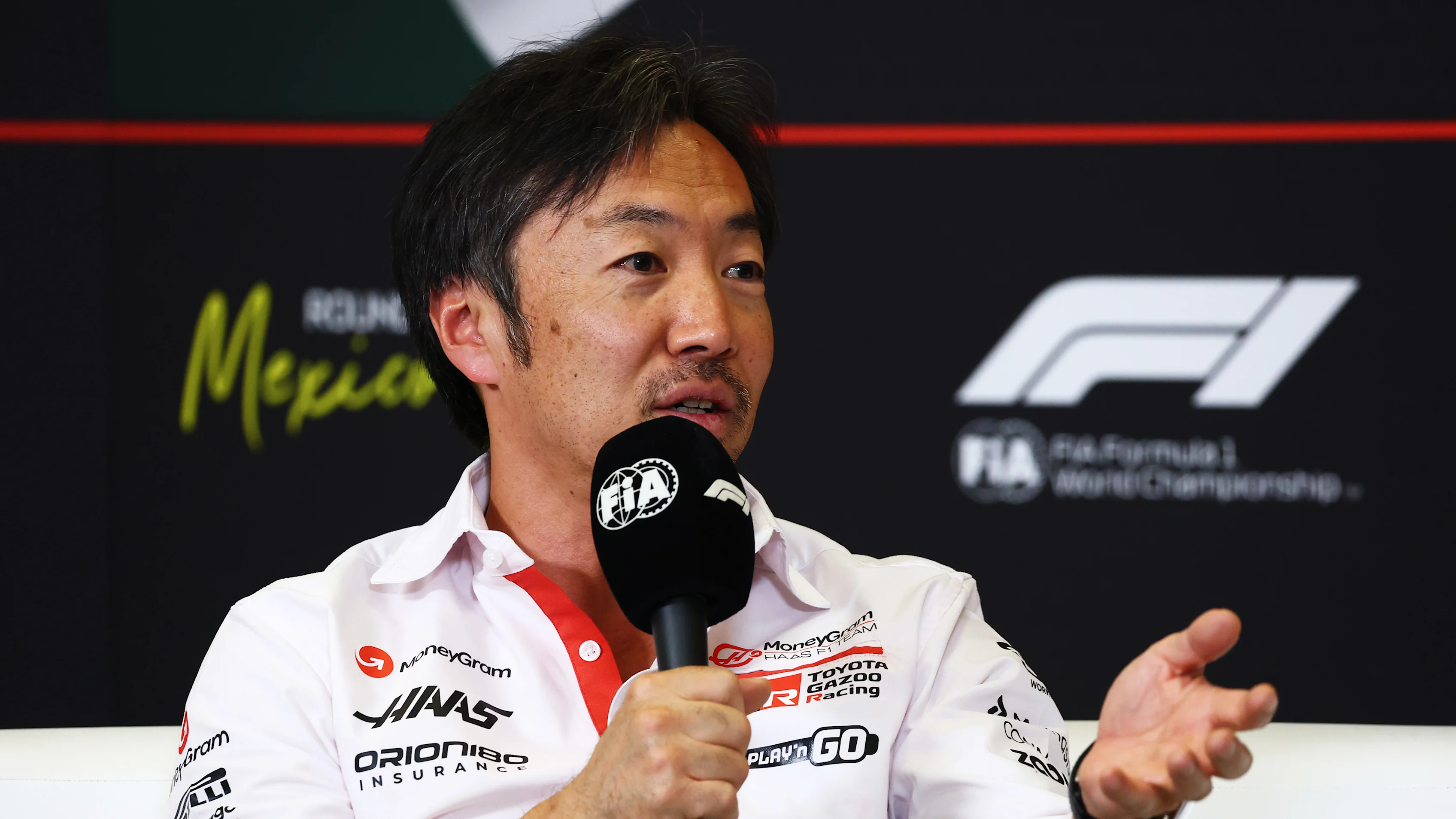 Gallery3MEXICO CITY, MEXICO – OCTOBER 24: Ayao Komatsu, Team Principal of Haas F1 in the Team Principals Press Conference during practice ahead of the F1 Grand Prix of Mexico at Autodromo Hermanos Rodriguez on October 24, 2025 in Mexico City, Mexico. (Photo by Clive Rose/Getty Images)Close image gallery
Gallery3MEXICO CITY, MEXICO – OCTOBER 24: Ayao Komatsu, Team Principal of Haas F1 in the Team Principals Press Conference during practice ahead of the F1 Grand Prix of Mexico at Autodromo Hermanos Rodriguez on October 24, 2025 in Mexico City, Mexico. (Photo by Clive Rose/Getty Images)Close image gallery Previous imageNext image
Previous imageNext image
1 / 3
MEXICO CITY, MEXICO – OCTOBER 24: Ayao Komatsu, Team Principal of Haas F1 in the Team Principals Press Conference during practice ahead of the F1 Grand Prix of Mexico at Autodromo Hermanos Rodriguez on October 24, 2025 in Mexico City, Mexico. (Photo by Clive Rose/Getty Images)
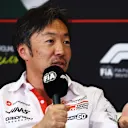
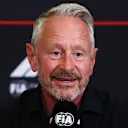
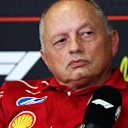
QUESTIONS FROM THE FLOOR
Q: (Scott Mitchell-Malm – The Race) To all three. Jonathan mentioned the issues in FP1. Just wanted to know how big a deal it was for your three teams. What were you missing? Was it just GPS? Was it more? And for Ayo and Fred, how much did GPS complicate things with a new driver in the car, maybe not quite used to FP1 and traffic?
AK: Yeah, for sure. Onboard data, CDS, is one of the main things we use. We give constant feedback. And here at this track, you’ve got to ride the kerbs as well. So how you’re taking the kerbs compared to your competition is very, very important. So not having that system working at all definitely affected the team, especially with the younger guys, like Ryo, driving the car here in Mexico.
FV: Yeah, but overall, I think it went pretty well. We were able to manage the traffic 20 years ago we managed without GPS. And with 10 rookies on track, it’s true and that the layout of the track is not easy with the very high-speed section and the low-speed section at the end—it’s quite often that we have issues. But it went very well today.
JW: I would just say I was very pleased with the pit wall. They immediately split responsibilities, started looking at different jobs than they would do normally. And as a team, actually, we responded quite well to it. So I was encouraged today. On a personal level, it’s really difficult not watching the onboards. That’s how I get a feel for the performance of the car and how the drivers are coping with the circuit. So, hopefully, it will be back up and running again for P2.
Q: (Ian Parkes – RacingNews365) Question for you, Jonathan. You know Red Bull and Max very well. Have you been caught by surprise in any way, shape or form by the charge they’ve been able to mount over the second half of the season? Would you put it past them—or Max in particular—to go on and win this year’s drivers’ title?
JW: Well, I wouldn’t write Max Verstappen off in any situation I could imagine. But I can only liken it a little bit to the performance that Sauber put on the car this year. When the margins are so tight, maybe the difference isn’t so huge. I know that team, and the team has strength and depth at every level. I’m not surprised that they’ve been able to get on top of the issues. But it’s been great to see a championship threat emerge, and I think it gives us all something to be excited about. I’m enjoying watching it myself.
Q: (Luke Smith – The Athletic) Jonathan, another one for you. Just your thoughts on Gabriel’s rookie season. I know you’ve worked with a lot of young drivers in your time in Formula 1, but how impressive has he been—particularly with Nico as a benchmark and getting so close to him so quickly?
JW: I think it’s the maturity that I’ve been the most surprised by. When you consider his age, the way he handles things—the frustration, the natural things you’d imagine from a driver in his first season—he handles them with such maturity. I’ve talked before about his work ethic. If he can be in the simulator, he’s in the simulator. If he can’t be on the simulator, he’s on the simulator. And I think on top of that, the way he’s knitting his engineering team around him—the way they’re working together—is hugely encouraging as well. And the final piece in the puzzle for me is when he’s at a tricky circuit, he builds up to it. Monaco, he built up to it. His only contact with the barrier was in the race. Same in Baku. Same in Singapore. He just has such a mature approach. So, look, I’m hugely encouraged by his performance so far.
Q: (Ronald Vording – Motorsport.com) Another one to Jonathan. This week, Laurent Mekies said that based on his first months at Red Bull, he’s even more impressed with what Max is doing outside the car rather than inside—pushing the technical department, pushing the whole team. Based on your experience in that team, is that something you witnessed as well? And is that a role you’ve seen Max grow into over the years?
JW: I was lucky to work with Max from a very young age, and I really, really enjoyed working with him—that relationship, the whole journey. Watching him mature… and it seems weird talking about it now because he’s the whole deal now. He’s a fully-rounded world champion. Extraordinary talent.
Of course, he’s knitting his team around him, where he thinks there’s performance. That’s what he’s looking for—he’s seeking it out all the time. He’s a force of nature. But that team around Max is established, well-known—strength and depth in the organisation. And clearly, what they’re doing is working very well together. And on a personal level, I’m really pleased for Laurent as well. He’s a good friend of mine and it’s nice to see him in this purple patch at Red Bull.
Q: (Victor Manuel Macin Serrano – ESPN) The Race is celebrating the tenth anniversary of the Mexican Grand Prix. Which is your favourite moment at the track or in the city, and which would be your worst moment? For all three of you.
AK: We always enjoy coming here. Actually, as a team, we have a very good social here. We’re collaborating with basketball teams, football teams. Last night, most of the guys were playing football in a 35,000-seater stadium. The whole experience is amazing. The people—even the drivers’ bodyguards—they’re all really friendly. So, the whole experience, we really enjoy. And then going through the stadium section with such a passionate crowd, it’s really something.
FV: My best moment, I would say the podium last year when we won with Carlos. With the fans in the stadium, it’s something special. The worst, for sure, by far, is the traffic.
JW: I would just say I absolutely love this race. I was lucky enough to have been here in the early 1990s as well. Some things never change. The passion, the energy of the Mexican fans has not changed one bit in that time. I love the development of the circuit—this stadium complex at the end of it gives a real coliseum feeling. To win this race—I’ve been lucky to do that maybe a couple of times—was fantastic. Incredible energy. And then you’ve got this incredible city with beautiful buildings, architecture, great food. I look forward to this race every year.
Q: (Jack Smith – Motorsport Monday/MotorsportWeek.com) A question for you, Fred. Charles said yesterday that he and Lewis have been speaking from the heart when they’ve been talking about their support of you very publicly. Given all the noise and speculation this year, how positive and how big a deal is it for you to have your drivers be so public in their support of you and what you’re doing?
FV: Well, it’s true that it’s a good feeling that we are united. We are working as a team—and from day one. For sure, it’s not an easy season, but it’s the life of a racing team. To work together and to push all together in the same direction is the best reaction we can have. And it’s also a good feeling when you have a weekend like Austin—because it started quite difficult for us—and we had a very good recovery, working all together from the guys on track and the guys in Maranello. And the fact that the two drivers are united and pushing in the same direction is important.
Q: (Adam Cooper – Adam Cooper F1) For all three of you. 2026 is coming up fast. Do you have any concerns about the quality of the show we’re going to have next year—both in terms of the type of racing and also the potential for field spread if there’s a disparity between power units? And how open are you to adjustments for 2027 to close up the field if the FIA and F1 think that’s necessary?
FV: Yeah, for sure—but it was always the case in F1. When you have a new regulation, you don’t know where you’re going. You had the case in the past with the Mercedes engine in 2014, or with Brawn GP in 2009. But it’s also somehow the challenge for the team. We are used to developing a car based on the car of the year and trying to do a better job than what we have. Today, we have to start from scratch. The biggest challenge is probably that we are starting from scratch on everything—new tyres, new fuel, new engine, new chassis, new sporting regulations—new everything. It’s quite challenging. But somehow, it’s also the DNA of our sport to have this kind of challenge. Don’t complain too early about the show. We’ll see next year what the situation is.
JW: Yeah. I’m minded to look back to 2014. There was the field spread that you mentioned and clearly one power unit manufacturer had done a very, very good job. But now look at us out here. Look how tight the championship is this year. So, we’re facing a not insignificant challenge—our first year as the Audi Formula 1 project. We have to introduce the chassis and powertrain together. It’s a big job. As Fred will tell you, it’s not straightforward making all of that stuff yourself—building a team around that, expanding—plus, the biggest change in technical regulations in my time in the sport. It’s a fantastic challenge. It’s one we’re very excited about. And I think it’s a bit too early to talk about racing yet. We need to see how these cars perform on the track. And Formula 1 is always throwing up surprises. You just never know what might happen.
AK: Yeah, like Fred said, it’s the DNA of the sport—these changes. And also, as F1, the show is amazing here today, but we always have to look forward—with sustainable fuel, with straight-line modes, trying to reduce drag over the car as much as possible to be more efficient. All these things have good intentions. And in terms of the show—who knows? But I think, as an F1 community, like Jonathan said, every single regulation change—if there’s a big discrepancy to start off with—that’s when we show to the world how quickly we all adapt and develop. That’s something we as a Formula 1 community can be really proud of. So, I think change needs to happen at some point. Otherwise, you don’t make progress. And I think it’s very good that Formula 1 is really punching holes through that. And I’m sure if there are issues early on, we’ll all work together and make it better.
Q: (Chris Medland – Racer) A question for all three, please, on the cost cap at the moment. I think you’re all still waiting for the FIA to finalise its analysis of the 2022 accounts. We’ve had one team this week kind of accepting that there’s been a procedural breach on their part. Rumours in the paddock of maybe another team going over. Are you guys surprised by the delay in the accounts compared to the last two years, when they came out about six weeks ago? And if so, given we’re into the fourth year of the cost cap, do you think that any sanctions will be particularly serious?
JW: My microphone is not working! I think the delay in announcing made it very clear to all of us that there were some teams in trouble—or a team in trouble perhaps. I can speak from experience, it’s a very, very difficult thing to balance. You want to be competitive. You can imagine—you want to spend every last dollar up against your cost cap limit. Of course you do. That’s what we’re in the business of doing. We’re in racing. We’re in a competitive sport. I think the first thing I would say is that nobody’s doing it intentionally. You know, these things happen sometimes. Things can just get out of control a little bit—like a car crash, something like that—and unexpected costs late on. So, look, I don’t want to speculate on the cause of it. I see that I think we now understand why we were late in getting the publication from the FIA.
FV: Yeah. I think it’s not a big deal to have the decision in September or October at the end of the day. On this, we have to trust the FIA that they are doing their job. And I think it’s not an easy one, honestly. But we also have to avoid making any speculation on rumours. That would be a mistake.
And the last part of the equation—if someone did a procedural breach—I think this can happen to everybody. And it’s not a sporting advantage. We have to separate sporting advantage with a sporting penalty from a technical mistake or administrative issue. Let’s wait and see.
AK: Nothing much there. Nobody does it intentionally. And then all these things—we’ve got to adjust the process and wait for the outcome.
Q: (Ronald Vording – Motorsport.com) A question to Fred. After the brake issues that Lewis had in Singapore, one of your technical trackside engineers told us in Austin that it was partly due to the simulation tools not really predicting those issues toward the end. And he mentioned Mexico as an interesting one going forward. Are you confident that you’ve made any progress on that, or does it mean the approach has to be a bit more cautious this weekend?
FV: No. The two layouts are completely different. So it’s not at all the same issue. And this morning, it was under control—but it’s not the end of the weekend. We are all managing, not only the brakes, but the engine. It means it’s quite complex to do the fine-tuning in Mexico. You have to find the right balance between engine, brakes, and so on. But so far, it’s under control.
Q: (Álvaro Piñeirua – Sports Illustrated Mexico) A question for the three of you. After ten years since the Mexican Grand Prix returned to the F1 calendar, do you feel the atmosphere is any different this year without Checo on the grid?
FV: No. I think so far, the enthusiasm that we had yesterday with the fans in the pit lane and so on is still huge. F1 is going up, it’s growing up everywhere. You have fans even in countries where you don’t have drivers. But for sure, Checo is helping, because he’s an iconic driver in Mexico. But at the end of the day, I think the fans here are also in love with F1, not only with Checo. The enthusiasm is still there, and it will be here for a long time.
JW: I was very lucky to have worked with Checo over the years. As I said earlier, the fantastic energy that’s here in the fans… I remember last year they had fishing rods over the balconies here, lowering hats down to be signed in the pit lane. I’d never seen that before. So there’s a creativity here in Mexico as well. And part of me would have loved to have won the race here with Checo, but I’m not sure any of us would have got out of the circuit in one piece if that happened!
AK: Yeah, ten years ago, we actually had Esteban Gutiérrez, and I remember he told me, “Ayao, you don’t understand what it means to be a Mexican racing here.” And then when you see the reaction of the people—how passionate they are—you understand a little bit. Of course, it’s really nice to have local people like Checo waving the national flag. But even without that, just the fans here—amazing.
Q: (Angelica Medina Guzman – Reuters) This is for Fred. You mentioned that Carlos’ win last year was one of the best moments for you, yet that was the last time the team won. Charles has been so close this season. What’s the missing ingredient? And is there a chance—I know you don’t want to be optimistic—but is there a chance of a Mexican miracle?
FV: Thanks for the miracle! But the field is very, very tight. We saw last week that it’s a matter of tenths of seconds. As I said before, I think Mexico is a bit different to other tracks because you need to keep the cooling under control all over the weekend. And it’s a tough job for everybody. Let’s try again. We are pushing. We are pushing as a team to come back—to try to win a race until the end of the season. And we’ll see on Sunday.
Q: (Scott Mitchell-Malm – The Race) Ayao, what do you think Ryo’s chances are of a Formula 1 seat in the future? He said that’s what he’s hoping for and aiming for. He feels he’s doing a good job. He’s at a different stage in his career to some of the younger drivers that were competing in FP1. What do you think he needs to do? How realistic is it for him?
AK: Yeah, obviously we’ve been working with him closely throughout the year. And then we’ve got a programme ready for next year as well. So we just have to see how he develops. For sure, he really understands the bigger picture objectives, and he’s doing a very, very professional job. So we’ve just got to keep building onto that.
Q: (Ian Parkes – RacingNews365) Question for you, Fred. Checo has confirmed that he’s going to be doing a two-day test with Ferrari at Imola next month. Just get your thoughts on that—having him in a Ferrari car.
FV: No, no—it’s that we gave two of our TPC test days to Cadillac. I think the challenge for them is huge. Ayao started a new team a couple of years ago, and when it’s not for me to… The issue is not too much about the car, I would say. Strangely, it’s more the logistics—the setup of the garage, the infrastructure, the IT systems, and so on. And I think it’s a good test for them to put everything in place.

